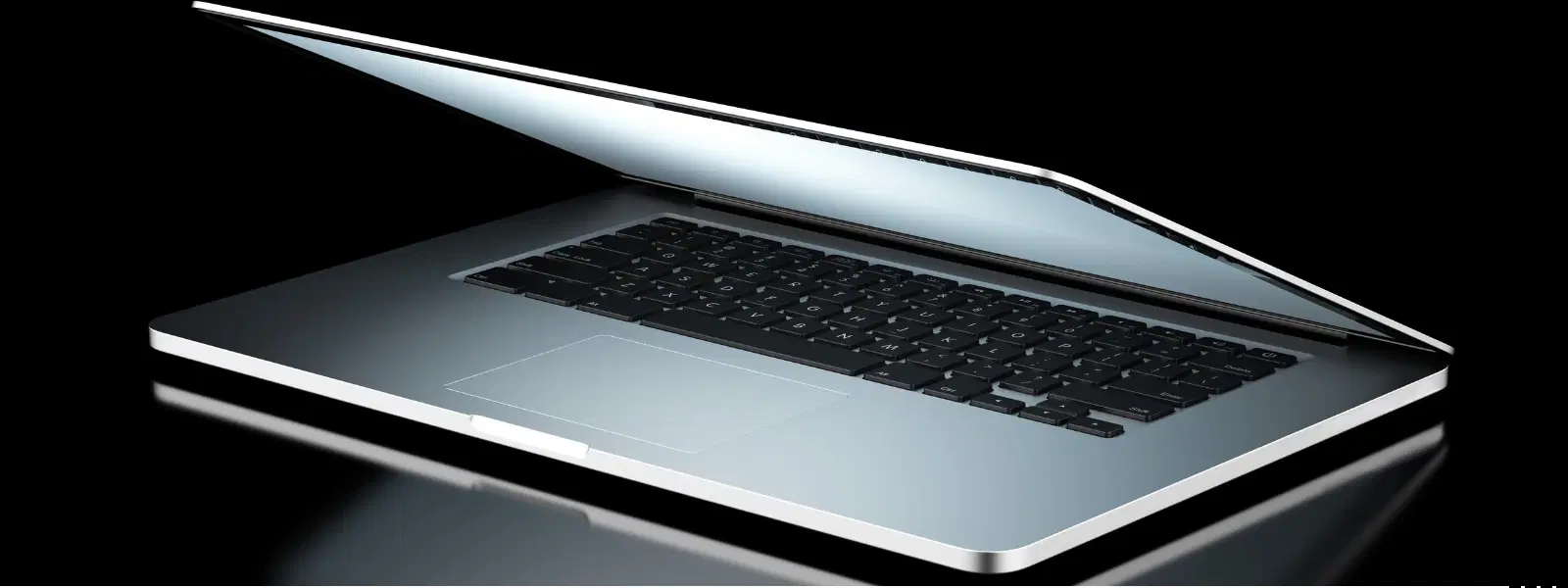
Consumer Electronics
•04 min read
Turning off your Mac might seem simple, but doing it the wrong way can lead to system glitches or even hardware issues. Whether you are a seasoned Mac user or just starting out, understanding how to safely shut down your device is essential. This guide will answer your questions about safely turning off, restarting, and managing power settings on your Mac. By the end, you will have a clear idea of how to turn off Mac, manage mac power off settings, and even handle unexpected issues like frozen screens.
When you shut down your Mac, the operating system closes all running applications, terminates background processes, and disconnects connected peripherals. It ensures that your device stops completely. This differs from restart mac, where the system quickly shuts down and then reboots, and from mac sleep mode, which puts your device into a low-power state while keeping your work ready to resume.
Shutting down is recommended when you do not plan to use your Mac for an extended period, during major system updates, or when troubleshooting persistent software issues. In cases where you need to quickly resume work, mac sleep mode is more convenient. However, if a full power cycle is necessary, be sure to close mac properly to protect your data.
The safest method to turn off macbook is using the Apple menu. Follow these simple steps: first, click on the Apple icon at the top left corner of your screen. Then, select "Shut Down" and confirm your selection when prompted. This method allows your Mac to close all active processes and save your work, ensuring a proper shutdown.
For those who prefer using keyboard shortcuts, you can quickly shut down mac or restart mac by using combinations like Control + Option + Command + Power button (or eject key on some models). This shortcut is especially useful for MacBook Air, MacBook Pro, and older Mac models, but always refer to your model's user guide for any variations.
Sometimes your Mac may freeze, making it necessary to perform a force shut down. Hold down the power button for 10 seconds until the screen goes black. This method should be used only as a last resort, as it may risk data corruption if unsaved work is present.
Pro Tip: The Best Way to Handle a Frozen Mac
Did you know? Holding down the power button for 10 seconds is the fastest way to force shut down a frozen Mac. However, always try restarting or troubleshooting first to avoid potential data loss.
Restarting your Mac is a smart option when you need to apply system updates or troubleshoot software issues without completely powering off your device. Restarting clears temporary memory data, making it a useful method to resolve minor glitches.
To restart your Mac, click the Apple menu and choose "Restart." Alternatively, you can use the keyboard shortcut. Restarting properly ensures that your device goes through the necessary system checks and starts afresh with each session.
Mac sleep mode is designed to reduce power consumption while allowing you to resume your work quickly. Sleep mode keeps your applications in memory while lowering energy usage. You can adjust sleep settings in your System Preferences, tailoring your Mac’s behaviour to your needs.
Your macbook power settings can be fine-tuned to balance performance and energy efficiency. In the settings menu, explore options such as display sleep, hard disk sleep, and more advanced power management features. These adjustments cater to different user needs, from intensive work sessions to extended periods of inactivity.
If you share your Mac or are concerned about security, it is a good idea to log out of mac before shutting down. Logging out ensures that all user sessions are closed, which is particularly important if multiple users access the same device. Simply click on the Apple menu, select "Log Out", and allow the system to complete the process.
Before shutting down your Mac, make sure all applications and files are closed. This extra step helps in avoiding any accidental data loss or corruption. Whether you need to force shut down mac due to an issue or simply want to end your session, proper closure is key to maintaining your Mac's longevity.
You can turn off your MacBook Air by clicking on the Apple menu in the top-left corner of the screen, selecting "Shut Down", and confirming the action.
Hold down the power button for 10 seconds or until the screen goes black. This will force shut down your Mac. Use this method only as a last resort.
Sleep mode keeps your Mac in a low-power state, allowing you to resume work quickly, while shutting down completely powers off the device and closes all processes.
Yes, you can use the shortcut Control + Option + Command + Power button to shut down your Mac.
Logging out is recommended if you share your Mac or want to ensure all user sessions are closed before shutting down.
Properly turning off your Mac is crucial for maintaining its performance and longevity. Whether you are opting for a standard mac shutdown options method, a restart, or exploring macbook power settings, this guide has provided you with a reliable roadmap for a safe shutdown experience. At Tata Neu, we understand the importance of ease and convenience in your daily life, much like the smart solutions you enjoy when shopping on our platform. With every transaction, you earn NeuCoins, further enhancing your shopping experience. Embrace the smart way of managing your devices and discover more tips and insights to enhance your digital lifestyle.